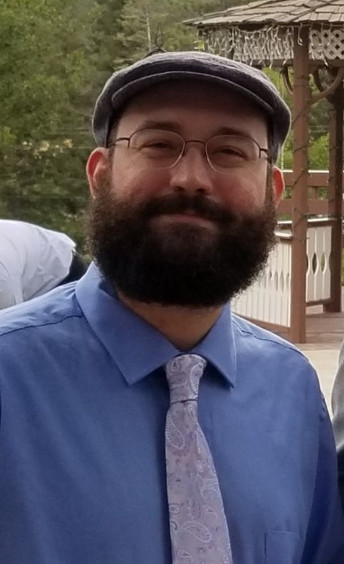I've been meaning to write a post about Steve Ditko's creator-owned comics for quite some time. Ditko's recent death has me thinking about that, and so, here's something. I'd still like to write something a little more detailed later on down the line, but this should serve for now.
Steve Ditko stopped working for mainstream comics publishers in the 1990s, but he never stopped making comics. For the past 20 years, Ditko's comics have been published by his friend, editor, and collaborator Robin Snyder. Ditko has also written essays, some of which appear alongside his comics, others of which appear in Snyder's zine The Comics, and others in 9 small pamphlets called The Four-Page Series. Since 2013, Snyder has funded twenty Ditko comics on Kickstarter, with more to come; Snyder noted in a Kickstarter update last month that he and Ditko were working on two new titles, and a prior Kickstarter update discussed out-of-print books that Snyder intends to send back to press.
Snyder does not have a website, but Bob Heer's ditko.blogspot.com is an invaluable resource, and its Ditko Books in Print page serves as a catalog of what Snyder has available and how to order it.
Of course, merely seeing a list of titles can be daunting. Where to start?
The most in-depth article I've seen on this subject is Steve Ditko Doesn’t Stop: A Guide To 18 Secret Comics By Spider-Man’s Co-Creator, written by Joe McCulloch for ComicsAlliance in 2013. You should read that.
But if you want my opinion? You should start with The Mocker.
Of the Ditko books Snyder has on offer as of this writing, it's the most accessible, the one that feels the most like Ditko's work for Marvel, DC, and Charlton. It's a straightforward, tightly-told story of a costumed crusader fighting organized crime and corrupt police.
I only have one complaint about The Mocker: it was clearly intended to be printed at a much larger size. Ditko fits a lot of panels on each page, starting with 16-panel grids and eventually settling on 20. The comic was originally printed at magazine size; reduced to standard comic size, it's often difficult to tell what's happening and to tell characters apart, especially in action scenes. (Ditko sure draws a lot of men in suits and fedoras punching each other.)
After The Mocker, there are a few different directions you can go. The most obvious is Mr. A, Ditko's best-known creator-owned series -- if you're interested enough in Ditko that you've read this far, you probably already know who Mr. A is, at least in passing. My favorite Mr. A stories are When is a Man Judged Evil? and Right to Kill; both appear in a 32-page comic that's just called Mr. A -- which, sadly, is currently out of print. I'm quite fond of the whole series, though; there's good stuff in every issue. I believe #4 contains the earliest Mr. A material that's in print, while #24 and #7 are the two latest issues (in that order, and no, I don't understand the numbering) and include the two-part story The Knifer.
Alternately, I'm partial to Miss Eerie, one of Ditko's later creations and another masked vigilante in a 1930s setting. She appears in Ditko Presents and The 32-Page Series #3, #6, #14, #20, #23, and #26. The 32-Page Series itself is an anthology comic and something of a grab bag; it's a great, eclectic collection of Ditko's late work.
From there? Well, I was all set to recommend Avenging World, a collection of comics and essays that I consider to be Ditko at his purest -- but, sadly, it's out of print. Here's hoping that changes.
For my part, I have varying degrees of affection for everything Ditko did. His comics are often eccentric and didactic; his essays are often impenetrable puzzle boxes. But he always had something interesting to say. He was one-of-a-kind. I'm going to miss him -- but for now, at least, I can expect a few more new Ditko comics still to come, and older Ditko comics like Static to become available again.

